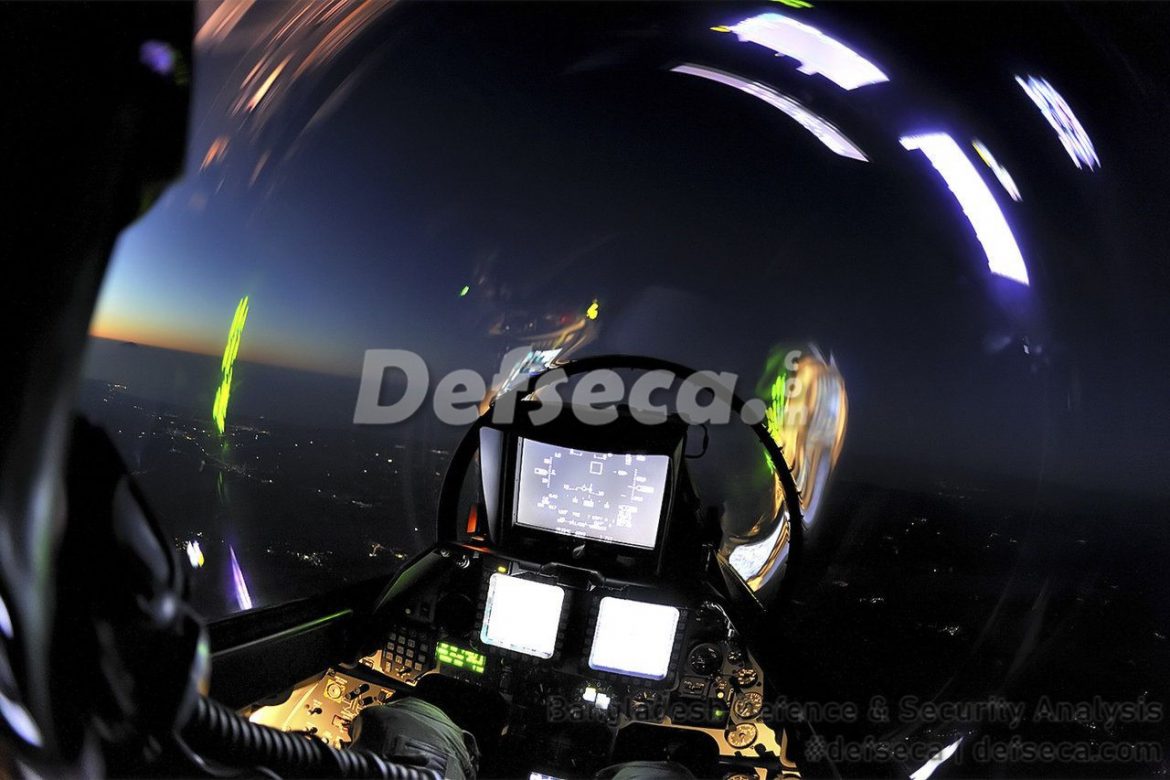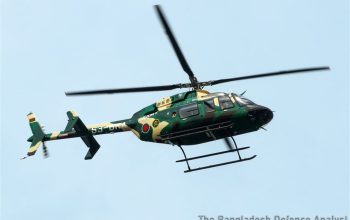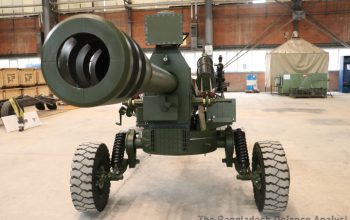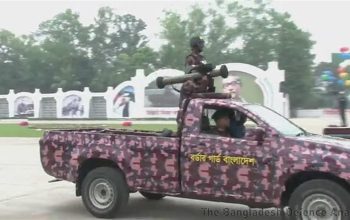There are strong indications coming from our sources in the Bangladesh Air Force that all of its front line fighters will come from Western countries, so no MiG-35 or Su-30. Those were dumped a while ago and are not nearly as good as any high end Western fighters on offer today.
The US has come with the offer for F-16s, as we reported earlier. This is not a direct competition against the British-Italian Eurofighter offering. It is actually designed to counter China’s offer for their latest J-10 fighters to meet the BAF’s requirement for a single engine fighter that will replace the F-7 line up.
The benefits of a common munitions, tactical datalink integration, standardised NATO training and psychological edge of operating Western fighters are immense. The Bangladesh Air Force can absorb four to six squadrons of single engine fighters with the available manpower but for taking on two squadrons of twin engine fighters it will take those 8-10 years approximately.
If anything the Eurofighters or Rafale will be a show of Bangladesh’s prestige however it will be the single engine fighter such as the F-16 for example, which will perform day to day air patrolling and interceptions.
In terms of overall capabilities on paper the Su-30 is superior to the F-16 but in real life application it will be different. There are numerous factors including who operates the aircraft. A large end-user such as the Indian Air Force or the PLAAF can extract better value from aircraft such as the Su-30 than Myanmar Air Force can for example. The Su-30 also has nutoriously poor availability rates.
Myanmar Air Force ordered six units so far, it might be increased to a squadron of 12 aircraft. But at any given time only 8-10 aircraft might be operationally ready. This lack of availability will dissipate any major advantage the Su-30 had over the F-16.
Moreover Bangladesh’s airspace is quite small compared to its neighbouring countries. A handful of high-end fighters are enough to defend Bangladesh’s airspace quite effectively, coupled with a multi-layered advanced ground-based air defence system, which is already under rapid expansion.
So what are the immediate options for the Bangladesh Air Force?
The Bangladesh Air Force is widely expected to sign a deal for purchasing an initial squadron of Eurofighter Typhoon’s or Dassault Rafale fighters by 2021. Actual delivery time will be in 2024 if the deal is signed next year.
After that the air force will need to replace the F-7MB with a squadron of possibly F-16s. The Air Force has the option to purchase one squadron and lease another squadron from the US if it feels an urgency to sustain its air defence requirements.
There is a bottle neck in terms of modern primary training aircraft even though China delivered a modernised variant of the PT-6 recently, which features a full-glass cockpit.
The Bangladesh Air Force has been authorised funds to purchase 24 new primary trainers. These are likely to come from Turkey or South Korea at the soonest.
Once those aircraft are delivered the Bangladesh Air Force can push through more pilots for intermedia and jet conversion training courses on the K-8W and Yak-130.
The current scarcity of combat aircraft in the Bangladesh Air Force can truly be resolved beyond 2025. But by that time the Bangladesh Air Force will have emerged as one of the most well equipped air forces in the region with a complete array of modern combat aircraft capable of defending Bangladesh’s airspace, if not dominating their area of operations completely.
Combined with availability, technology and long term cost savings Western-made combat aircraft are the best choice for the Bangladesh Air Force.
Perhaps the most evident and successful use of Western fighters in South Asia was proven repeatedly by the Pakistan Air Force. Even though it had a much smaller fleet of aircraft, it constantly got the better of the Indian Air Force.
Bangladesh Air Force will look to emulate such success due to the numerical advantage of its adversaries.




